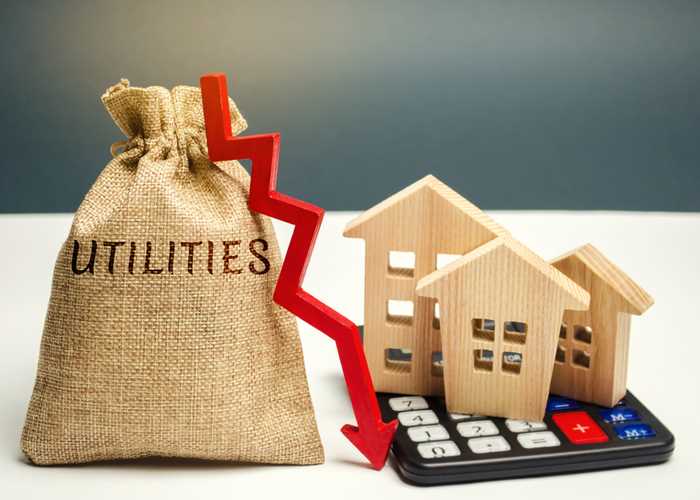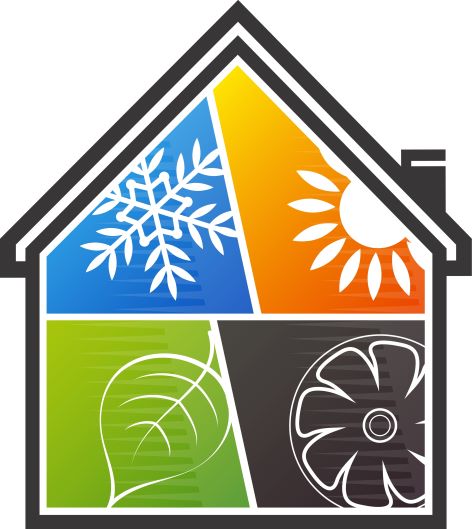Air source heat pumps (ASHPs) are an increasingly popular form of technology. These systems can be used to heat a property in a far more efficient way than traditional gas boilers - reducing reliance on natural resources, carbon emissions, and running costs.
Whilst it sounds like the ideal solution, ASHPs aren’t suited to every set of circumstances. They also work in a significantly different way than what we’re used to.
So will they work for you? Here’s a look at some of the main pros and cons of air source heat pumps to help you decide.

Due to the way air source heat pumps work, they can bring major cost savings in some circumstances. They use the air outside as a natural heat source, as opposed to actually generating heat like electric, coal-based or gas fired systems. Of course, they do still use electricity to run, but produce more heat energy than the energy they consume.
Whether you’ll see significant savings will depend on several factors, including the type of system you're replacing, the efficiency of the air source heat pump installed, and how well insulated your property is (which we’ll address in the cons).
In using less energy in the heating process, you’re also lowering CO2 emissions, so in the same way they save you money, ASHPs also reduce your carbon footprint.
These gains can be made even greater when the electricity you do use to power your heat pump comes from a renewable source.
In domestic properties, installing an air source heat pump is a fairly straightforward process - particularly when compared to alternatives like ground source heat pumps, which are far more costly and require ground excavation works. This makes ASHPs a good option for retrofits. It’s not usually required, but it’s always wise to check with your local authority to see if your installation requires planning permission.
In business settings, the process may be more complicated depending on the specific temperature control needs, but will still result in minimal downtime and little disruption.
System Longevity

ASHPs are built to last, and provided they receive an annual service by a qualified technician, have an average lifespan of around 20 years. Most systems also come with a manufacturer warranty of five years.
In between services, you can help ensure optimum efficiency with some simple maintenance, like cleaning filters and clearing leaves and debris away from your external unit.
ASHPs can draw heat from the outside air in temperatures as low as -15℃, so are ideally suited to our relatively mild winter climate. Depending on the system you install, they can be used for space heating and/or hot water, and reversed in the summer months to act as an air conditioning system, providing comfortable living or working conditions year round.
Compared to gas boilers, air source heat pumps have a lower heat supply, so to achieve a comparable amount of space heating, you’ll need to have larger heat emitting surfaces. One solution is to install larger radiators - but because ASHPs also require higher flow, you’ll likely have to replace your pipework to that of larger diameter too. To reap the full benefits you’d ideally use your system in conjunction with underfloor heating. If you don’t already have this, that’s an extra cost you’ll need to factor into the equation.
You’ll also need to adjust to the way these systems work. You can’t come home to a cold house and expect to crank up the heat in a matter of minutes - it’s more of a slow and steady approach. That said, once you are used to it it’s typically more cost effective in the long run.

To ensure maximum efficiency, you’ll need to minimise any potential heat loss through windows, doors, and walls by having sufficient insulation installed (particularly in your loft). This isn’t such an issue in newer buildings, and they’re designed to be increasingly air tight - but in older properties preventing air leakage can be pretty tricky, and costly.
Of course, proper insulation is key to ensuring maximum efficiency of any heating system. It’s just more important for ASHPs because they work at a lower temperature.
Whilst ASHPs do work in colder weather, when temperatures hit 0℃, their efficiency drops. This is understandable when you consider the heat they produce relies on the temperature outside, but it does mean you can’t expect the same performance in the depths of winter as you can at other times of the year.
Unlike traditional heating systems, where everything is tucked neatly away inside, air source heat pumps are somewhat more conspicuous. You’ll need to find a suitable place to house the external unit, which can obviously impact on the aesthetics of your property.
If you do consider this a major disadvantage there are ways to lessen the impact, such as customised colour options that tie the unit in with its surroundings.
Though not entirely carbon neutral, air source heat pumps are a low carbon alternative for temperature control, and their downsides are generally outweighed by their advantages if you live or work in a modern, energy efficient property. If you are considering an air source heat pump but are still unsure if it’s the right way to go, our qualified engineers are happy to help.
